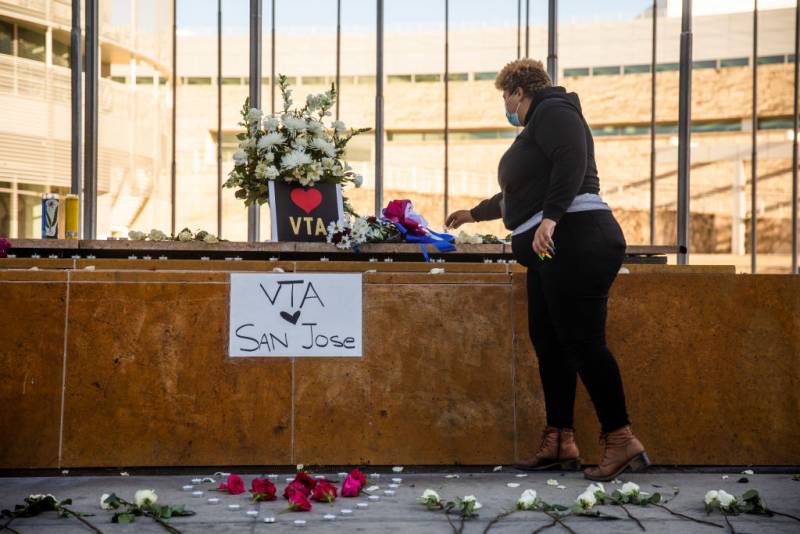“When we taught and we trained all the police officers in our county, we saw a huge increase in the number of gun violence restraining orders we issued in our county,” Rosen said.
Santa Clara County, along with San Diego and Orange counties, now issue the most GVROs in the state, at last count.
But Rosen says work still needs to be done to further raise public awareness.
“What I think this mass shooting at the VTA and San Jose shows us is that we now need to educate the public about gun violence restraining orders,” Rosen said. “Now, we’re taking the next step of public service announcements and trainings of businesses to educate them.”
How Red Flag Laws Work
The laws differ slightly in every state that has one. In California, if you’re afraid someone close to you may hurt themselves or others and has access to a firearm, you can call the police to request that a GVRO be issued. Your request will eventually make its way to a judge who will ask for evidence showing that the person in question is in danger or a threat to others.
In some instances, if a person is known to be in immediate danger, a judge can approve an ex parte hearing — one that can proceed without the person in attendance.
If a judge decides the evidence is sufficient to issue a GVRO to someone, that person will be required to surrender his or her firearms and ammunition for at least of 21 days, and up to five years.
In 2019, California’s law was expanded to allow co-workers, educators and employers to request the order, rather than just family members and law enforcement officers.
“We saw over and over again shootings occur at schools as well as at workplaces,” said Assemblymember Phil Ting, D-San Francisco, who introduced the bill. “It made sense to expand gun violence restraining orders beyond the people who could get them.”
A Tool, Not a Panacea
Ting ties the general lack of awareness about the law’s full scope and potential to the fact that it was expanded shortly before the coronavirus pandemic.
“It’s hard to decipher or even understand all the new laws that were passed, especially if you are just a regular, ordinary citizen who is just going about their very busy life,” Ting said.
The same can be said for many law enforcement officers. Consider, for instance, that U.S. Customs and Border Patrol agents in 2016 detained the VTA shooter on his way back from a trip to the Philippines after finding books on terrorism in his possession, as well as hand-written notes professing his hatred for the VTA.
Ting acknowledges the law has its limits, and that it’s impossible to say whether it would have prevented the VTA shooting.
“Gun violence restraining orders are not a panacea. They’re a tool,” he said.
GVROs are actually most commonly used to prevent suicides — which account for the majority of gun deaths in California — and shootings in domestic violence cases. But the law doesn’t necessarily protect the person reporting the potential threat, according to Esther Peralez-Dieckmann, executive director of the San Jose nonprofit Next Door Solutions to Domestic Violence.

